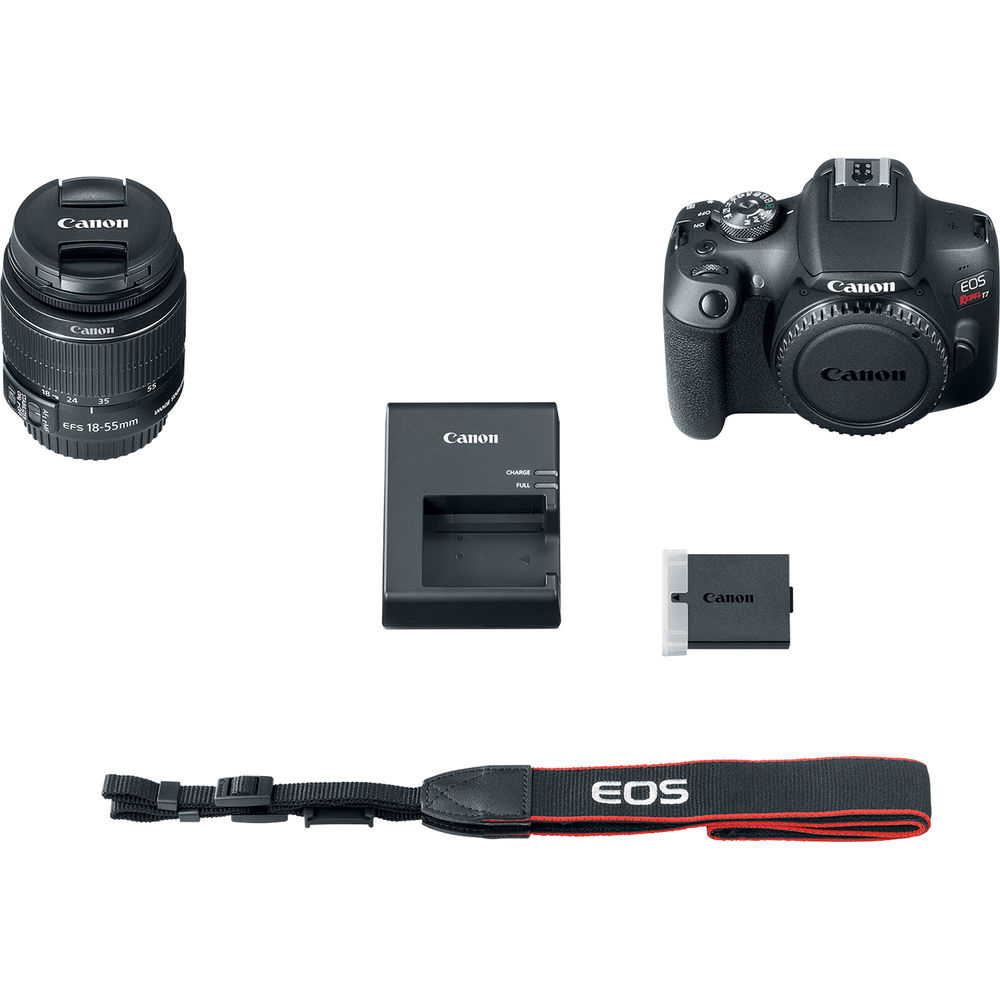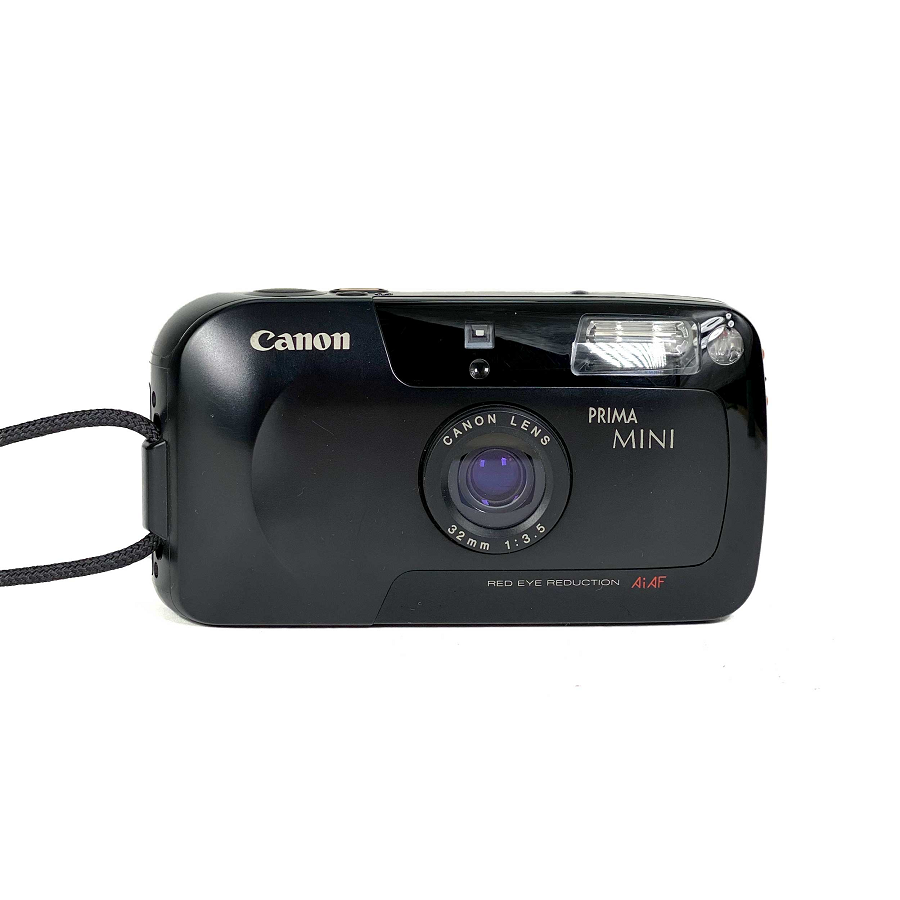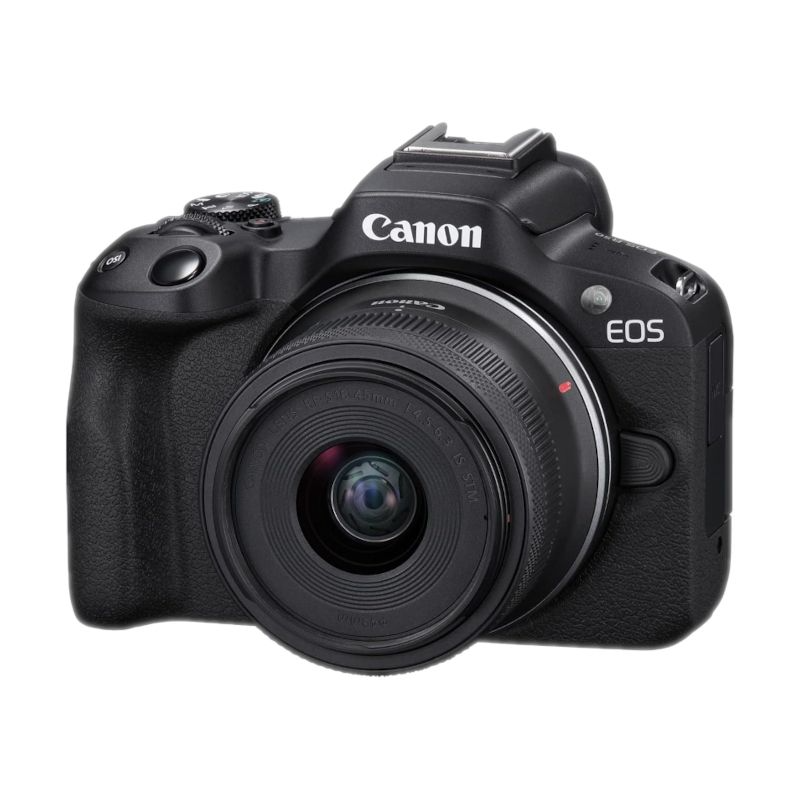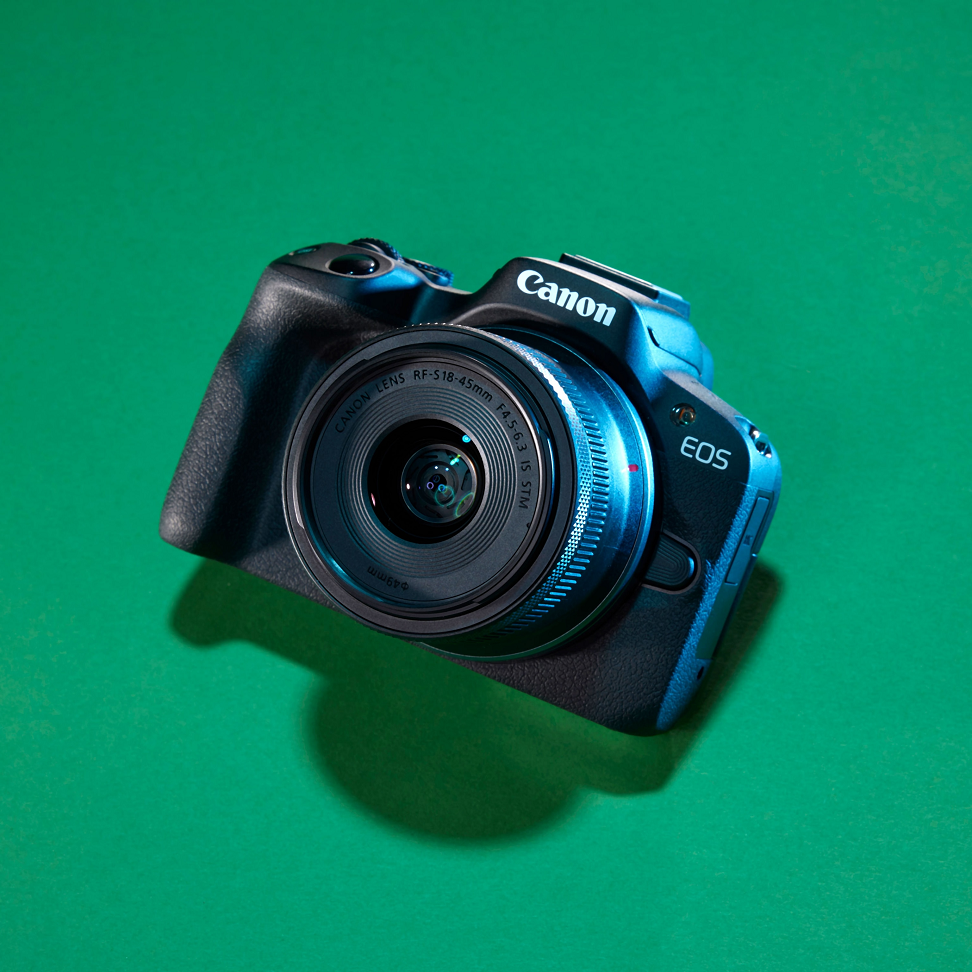For those stepping into the world of photography, Canon cameras are a popular and reliable choice. Their user-friendly design and high-quality results make them a favorite among newbies and seasoned photographers alike. Whether you plan to capture family moments, stunning landscapes, or vibrant street life, Canon offers a range of cameras that suit various needs. This guide will help you understand the basics of Canon cameras, explore their features, and give you tips on how to get started with photography.

Understanding Why Choose Canon
Canon’s Reputation in the Photography World
Canon has built a strong reputation in the photography realm over the years. Founded in 1937, it has constantly evolved, creating innovative products that cater to everyone from beginners to professionals. Their cameras are known for producing excellent image quality, and their lenses are varied, allowing photographers to experiment with focal lengths and styles. Canon’s long history gives new users confidence. When you pick up a Canon camera, you tap into decades of experience and expertise.
The Variety of Canon Cameras
Canon offers numerous models, such as DSLRs, mirrorless cameras, and compact cameras. If you are starting, picking the right type can feel overwhelming. Understanding the different types of Canon cameras can help.
DSLRs
Digital Single-Lens Reflex (DSLR) cameras are popular for beginners due to their versatility. They allow you to change lenses, which means you can adapt to different shooting conditions. Canon’s DSLR options include the EOS Rebel series. These cameras are user-friendly and come with automatic modes that help you learn as you shoot. They also offer a range of features that let you dive deeper into photography as you grow more comfortable.
Mirrorless Cameras
Mirrorless cameras are another excellent choice for beginners. These cameras are lighter and more compact compared to DSLRs. Canon offers great options like the EOS M series. They have interchangeable lenses, giving you flexibility. They also provide high-quality images and fast autofocus systems, making photography easier.
Compact Cameras
For those who want simplicity, Canon’s compact cameras offer easy-to-use features in a small package. With built-in lenses and automatic modes, they are ideal for casual photographers. These cameras can slip easily into a bag, making them perfect for travel and everyday use.
Getting Started with Your Canon Camera
Familiarizing Yourself with Your Camera
Once you’ve chosen your Canon camera, it’s time to dive into its features. Every camera, whether a DSLR or mirrorless, has essential settings. Start with the dial on the top of your camera. It usually includes a variety of shooting modes like ‘Auto’, ‘Aperture Priority’, ‘Shutter Priority’, and ‘Manual’. Each mode serves a different purpose and allows you to control how the camera captures light and movement.
In ‘Auto’ mode, you don’t have to worry about settings. The camera does everything for you. This is a great way to start, as it lets you focus on composing your images. As you become familiar with your camera, experiment with the other modes. ‘Aperture Priority’ lets you control the depth of field, while ‘Shutter Priority’ is useful for capturing fast-moving subjects. Eventually, try ‘Manual’ mode, where you take full control of both settings.
Understanding Exposure
Before you begin shooting, you need to understand the basics of exposure. Exposure determines how much light reaches the camera’s sensor. There are three main components to exposure: ISO, aperture, and shutter speed.
ISO
ISO controls the camera’s sensitivity to light. A higher ISO can capture images in low-light conditions but may introduce noise. Start with a low ISO for bright conditions (100-400) and increase it as the light dims.
Aperture
Aperture affects how much light passes through the lens. A wider aperture (smaller f-number like f/2.8) allows more light in, creating a shallow depth of field. This is useful for portraits. A narrower aperture (larger f-number like f/16) lets in less light but increases depth of field, making it great for landscape photography.
Shutter Speed
Shutter speed controls how long the camera’s shutter stays open. Faster speeds (like 1/1000 seconds) freeze motion. Slower speeds (like 1 second) are perfect for capturing movements like waterfalls or star trails.
Understanding these three elements allows you to make creative decisions in your photography.
Tips for Taking Great Photos
Composition Techniques
Once you understand your camera, the next step is composing your photos. Good composition makes a significant difference in how your images are perceived. Use guidelines like the Rule of Thirds. Imagine your image divided into a 3×3 grid. Place important elements along these lines or at their intersections. This creates balance and draws the viewer’s eye.
Experiment with Angles and Perspectives
Don’t stick to eye-level shots. Change your perspective. Get low to the ground for a unique viewpoint, or shoot from above for a fresh take. Experimenting with angles allows you to capture aspects often overlooked. It opens up your creativity and makes everyday scenes interesting.
Use Natural Light
Natural light is a photographer’s best friend. Avoid harsh midday sunlight; instead, consider shooting during golden hours—just after sunrise or before sunset. The light during these times is soft and warm, creating visually appealing images. If you must shoot in harsh conditions, find shaded areas or use reflectors to diffuse the light.
Practice, Practice, Practice
The best way to improve your photography is to practice regularly. Take your Canon camera everywhere and shoot often. Don’t be afraid to make mistakes. Each error teaches you something new. Challenge yourself by focusing on different subjects—people, landscapes, or architecture. As you practice, you’ll develop your eye for composition, lighting, and timing.
Post-Processing Your Canon Images
Understanding Software Options
After taking your photos, explore post-processing. Editing your images can enhance colors, correct exposure, and remove distractions. Software options range from beginner-friendly to professional-grade. Programs like Adobe Lightroom and Photoshop are great for enhancing Canon photos. For simpler editing, consider free options like GIMP or Snapseed for mobile.
Basic Editing Techniques
Start with basic adjustments. Learn to crop your photos to improve composition. Adjusting exposure and contrast can make your images pop. Experiment with color balance; changing the temperature can give your images a warmer or cooler feel. Don’t overdo edits; aim for a natural look.
Remember, post-processing can elevate your images, but it’s not a substitute for good photography habits. Focus on taking quality shots first, and then refine them through editing.
Building Your Unique Style
Finally, as you become comfortable with photography and editing, begin to develop your unique style. Look at work from other photographers for inspiration, but don’t just copy their ideas. Explore different genres and techniques. Over time, you’ll discover a style that reflects your personality and vision.
Building a Canon Photography Kit
Essential Accessories for Beginners
As you dive into photography, consider building a kit of essential accessories. Every photographer can benefit from certain tools. Start with a sturdy camera bag to protect your gear. Look for one with padded compartments; it will keep everything secure while allowing quick access.
Lenses
Depending on your camera model, investing in additional lenses can enhance your photography. Standard zoom lenses offer versatility for everyday shooting. A prime lens with a fixed focal length is excellent for portraits and low-light situations.
Tripod
A tripod is invaluable, especially for long exposures or low-light photography. It provides stability and prevents camera shake, ensuring sharp images. Choose a lightweight yet sturdy option if you plan to travel with it.
Extra Batteries and Memory Cards
Nothing interrupts a great photo session like a dead battery or a full memory card. Always carry extra batteries and cards. Look for high-capacity cards; they allow you to capture more images without running out of space.
Exploring Different Photography Styles
As you expand your kit, consider exploring various styles of photography. Try portrait photography to capture emotions and expressions. Landscape photography allows you to connect with nature and showcase beautiful scenery. Document street photography for a raw perspective on urban life.
Each style offers its own challenges and rewards. Experimenting helps you discover what excites you the most.
Community and Learning Resources
Joining Photography Groups
Photography can feel like a solitary journey, but you don’t have to go it alone. Joining photography groups can provide support and encouragement. Look for local clubs or online communities. Share your work and receive feedback from others. Engaging with fellow photographers can expand your knowledge, inspire you, and even lead to friendships.
Online Learning Platforms
Consider online courses and tutorials. Platforms like Skillshare and Udemy offer beginner-friendly classes that teach photography fundamentals. There are also YouTube channels dedicated to Canon users. Watch videos demonstrating specific techniques, camera settings, or editing tips. The more you learn, the more confident you will become.
Following Inspirational Photographers
Follow photographers who inspire you on social media. Explore their portfolios and learn from their work. Analyze what you like about their style, composition, and editing. Many photographers share their tips and tricks online, which can broaden your understanding and perspective.
Conclusion: Your Journey Awaits
Embarking on your photography journey with a Canon camera is an exciting adventure. The combination of creativity, technical skills, and a supportive community can enhance your experience. Remember, every expert was once a beginner. Be patient with yourself and allow room for growth.
As you learn more about your camera, experiment with different techniques, and build your skills, you will find your unique voice in photography. Enjoy the process, and most importantly, have fun capturing the world around you. Your Canon camera is not just a tool; it’s a gateway to expressing your vision and creativity. Embrace the journey ahead, and happy shooting!


